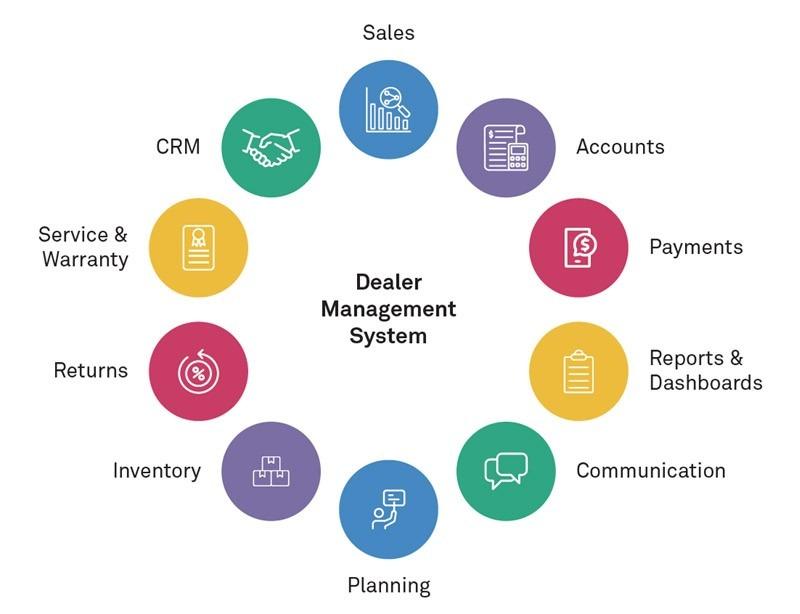Dealer Management System Market Size, Trends & Forecast | 2035

In the exceptionally dynamic and highly concentrated environment of the global Dealer Management System (DMS) market, the practice of conducting a rigorous, methodical, and continuous competitive analysis is not merely a beneficial exercise; it is an indispensable and foundational discipline for strategic planning and long-term market relevance. The competitive landscape, while dominated by a few major players, is in a state of flux, driven by the emergence of new cloud-native challengers, evolving dealer expectations for open platforms, and a constant stream of M&A activity. A static, point-in-time snapshot of competitors, therefore, becomes obsolete almost as soon as it is completed. What is fundamentally required is a living, breathing framework—a continuous process for systematically monitoring, analyzing, and anticipating competitors' moves and market positions.
A truly robust and actionable Dealer Management System Market Competitive Analysis framework must extend far beyond a superficial, check-box comparison of product features. While a feature matrix covering the core modules of sales, F&I, service, and parts is a useful starting point, a deeper analysis requires evaluating competitors across a much broader set of critical business and technical criteria. This includes a thorough deconstruction of their technology architecture (on-premises vs. cloud-hosted vs. cloud-native), a critical assessment of the openness of their platform and the cost and complexity of their third-party integration programs, and an evaluation of the user experience and mobile capabilities of their software. It is also critical to analyze their business models, including contract lengths, termination clauses, and the structure of their support and training fees. Furthermore, a comprehensive analysis must incorporate qualitative data gathered from dealer satisfaction surveys, online forums, and industry events to understand a competitor's perceived strengths and weaknesses from the perspective of their actual users. The Dealer Management System Market size is projected to grow USD 18.32 Billion by 2035, exhibiting a CAGR of 5.80% during the forecast period 2025 - 2035.
The ultimate purpose of this disciplined and continuous analytical process is to clearly identify, articulate, and then relentlessly fortify a company's own unique, defensible, and sustainable competitive advantage. By systematically mapping the entire competitive landscape—understanding not just what competitors do, but how and why they do it—a firm can accurately pinpoint strategic gaps in the market, identify areas where established players may be vulnerable (such as with legacy technology or unpopular business practices), and uncover critical, unmet dealer needs that represent fertile ground for innovation and market share capture. The insights derived from this analysis must be translated directly into concrete, strategic actions that guide the business, allowing for more confident decision-making on where to allocate precious R&D resources and how to craft a compelling marketing narrative that highlights a unique value proposition. In a market defined by deep entrenchment but facing undeniable disruption, a rigorous competitive analysis framework is the essential strategic compass for success.
Top Trending Reports -
Threat Intelligence Security Service Market
- Art
- Causes
- Crafts
- Dance
- Drinks
- Film
- Fitness
- Food
- Juegos
- Gardening
- Health
- Home
- Literature
- Music
- Networking
- Other
- Party
- Religion
- Shopping
- Sports
- Theater
- Wellness
